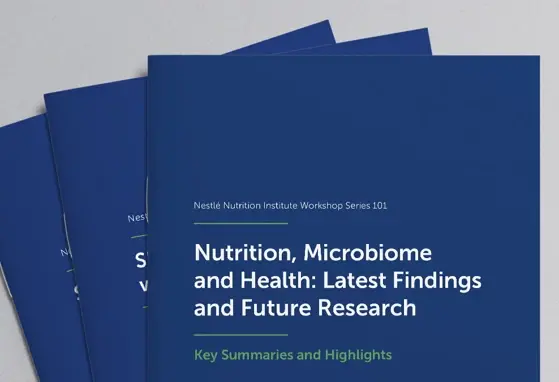Does maternal Weight affect Levels of Human Milk Oligosaccharide?
At the 51st Annual Meeting of the European Society for Paediatric Gastroenterology, Hepatology and Nutrition (ESPGHAN), held in Geneva, Switzerland in May 2018, Binia and colleagues presented the results of their cohort study, which suggested that maternal pre-pregnancy body mass index (ppBMI), weight gain during pregnancy and age may affect levels of some human milk oligosaccharides (HMOs).
HMOs are unique to human breast milk and are synthesised in the mammary glands. Evidence from several cohort studies show that levels of HMOs change over the course of lactation and vary among mothers predominantly depending on their genetic profile. In addition, HMOs may be influenced by ethnic and environmental factors. It is speculated that these changes in HMO levels may be an indicator of maternal health and might affect infant growth and development.
Therefore, Binia and her colleagues from the Nestlé Research Center, Switzerland, investigated whether maternal ppBMI, weight gain during pregnancy and age may affect levels of HMOs in human breast milk, in a multicentre, observational cohort study, known as The Atlas of Human Milk Nutrients study. The research team collected information on maternal age, ppBMI and gestational weight gain from 370 healthy mothers across 7 European countries. Furthermore, they collected human breast milk samples during mid-morning at 2, 17, 30, 60, 90 and 120 days after birth. The levels of 23 individual HMOs were measured, based on which their associations between maternal age, ppBMI and gestational weight gain were analysed, respectively.
The researchers found that obese women had higher levels of the sialylated HMO disialyllacto-N-tetraose (DSLNT) in their milk at day 2, compared with women of normal weight, who had higher levels of 3′sialyllactose (3′SL) at days 60, 90 and 120 after childbirth. Moreover, higher maternal weight gain during pregnancy was associated with higher levels of 3′SL, DSLNT and lacto-N-fucopentaose III (LNFP-III) in human breast milk at day 2 after childbirth compared with those from women with lower weight gain during pregnancy. However, the research team could not find a significant association among maternal age and levels of individual HMOs.
Binia and her team concluded that maternal ppBMI and weight gain during pregnancy may influence the levels of some HMOs; however, the effect is minimal. The researchers added that the clinical relevance of these subtle differences in levels of HMOs needs to be further evaluated.
If you liked this post you may also like


The infant gut virome: Knowns, unknowns, and avenues for future studies

Environment and microbiota intersection with human health
